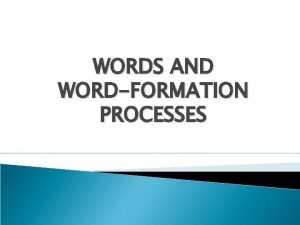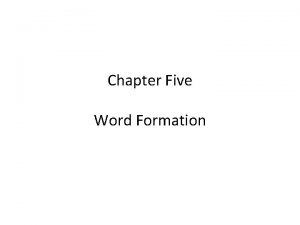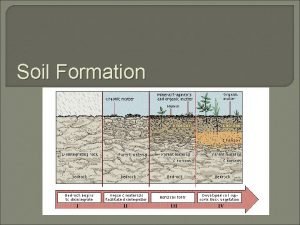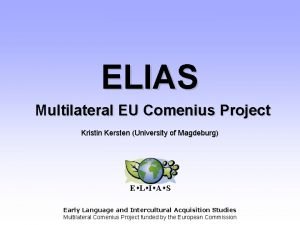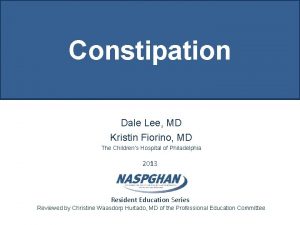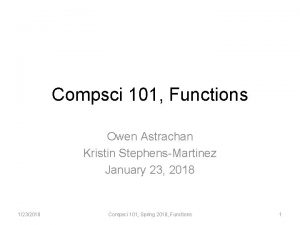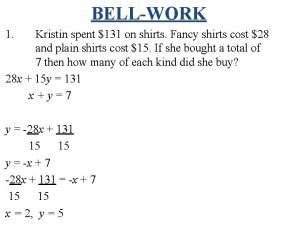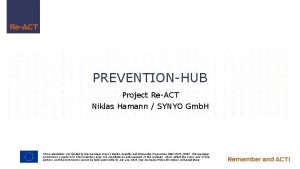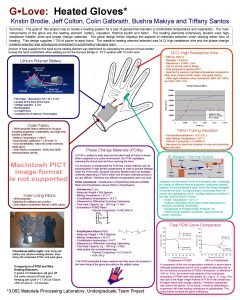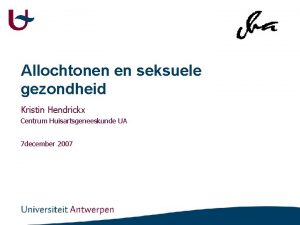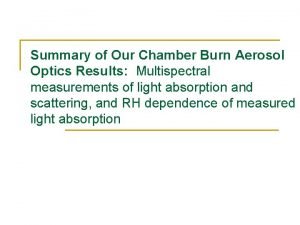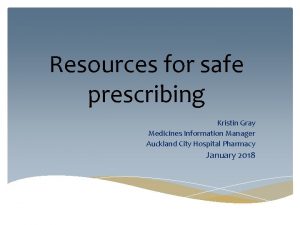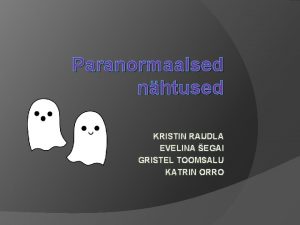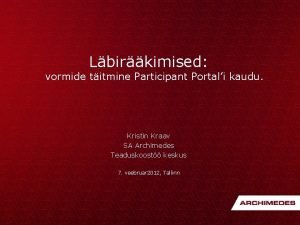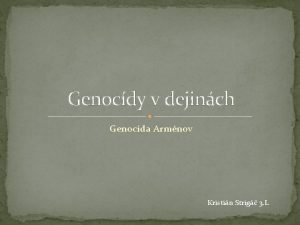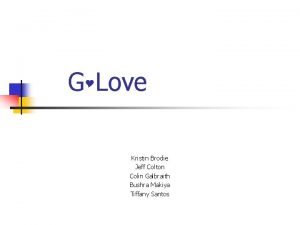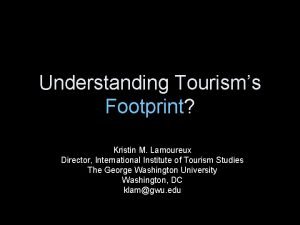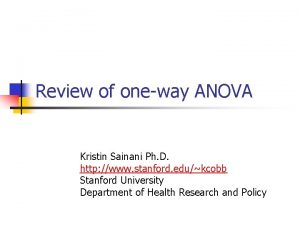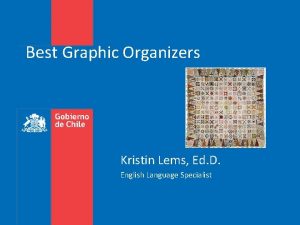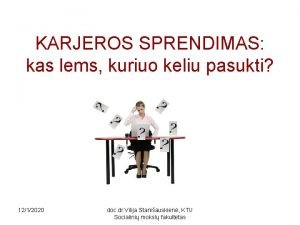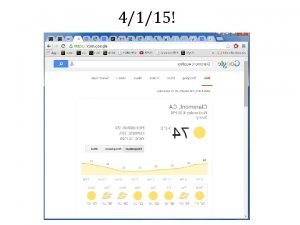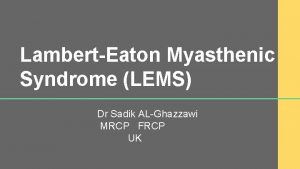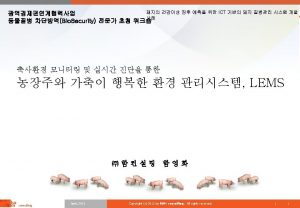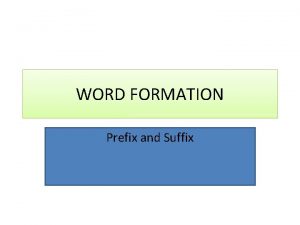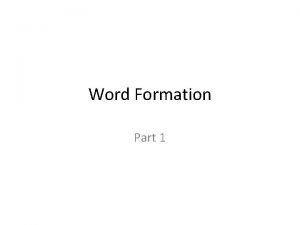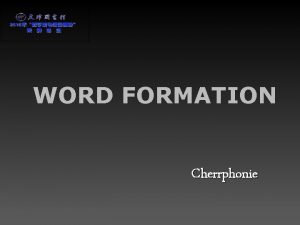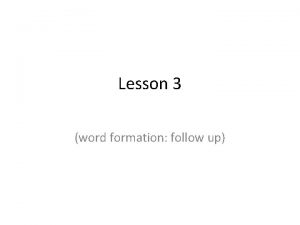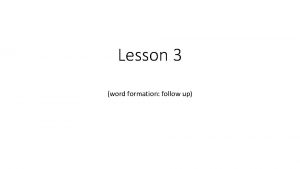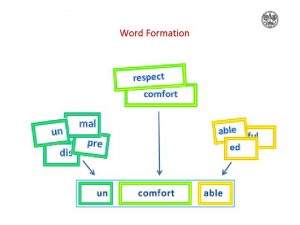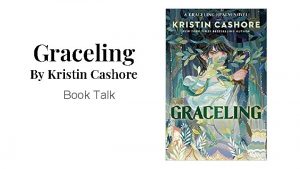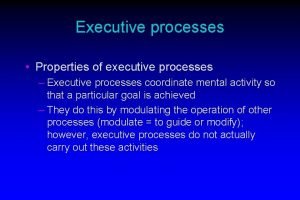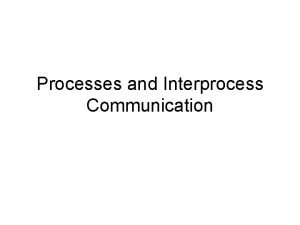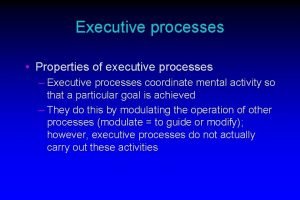English Word Formation Processes Dr Kristin Lems English





























- Slides: 29

English Word Formation Processes Dr. Kristin Lems, English Language Specialist, for ENGLISH SUMMER TOWN 2012

There are (at least) 12 ways to make new words in English

Word formation processes most of us already know n Adding a prefix q n -> undodo Adding a suffix q n do brief -> briefly Adding a combination of prefixes and suffixes q Comfort -> uncomfortably

A little bit about Morphemes – units of meaning n Words are made of morphemes q Their spelling or pronunciation might change, but their meaning can be seen in the word n n q Example: cupboard (2 morphemes: a board cups can be put on…. but pronounced differently now) Example: scratched (2 morphemes: scratch and the past tense morpheme –ed) Words composed of two morphemes might melt together over time until they can’t be separated n Example: overwhelm (1 morpheme: whelm can’t be used to form other words – except as a joke)

A dozen ways to make new English words 1. 2. 3. 4. 5. 6. Coinage Borrowing Compounding Blending Clipping Acronyms 7. Abbreviations 8. Backformation 9. Conversion 10. Paired word sound play 11. Scale change 12. Multiple processes

1. Coinage (neologism) A completely new word is made up from scratch to suit certain purposes. These are often invented by companies with new products or processes, or taken from names. “to coin a phrase” n Examples: n q q xerox Vaseline Nylon Skype kleenex yahoo Google

2. Borrowing (loan words) n n n Words are created by borrowing from another language and incorporating into English. Sometimes the original meaning is altered, and the pronunciation may change. Since some words were borrowed long ago, it may be hard to recognize that they were ever not part of English. Examples q Tortilla coup de grace * nuance *chaos q kowtow and this song says it! q q q alchemy espresso

Borrowing – or theft? ?

3. Compounding n A new word is composed of two free morphemes to create a new meaning. Examples: q q q buyout spyware ringtone freefall makeover turnaround do-it-yourself homeplate underestimate backpedal overstate upstage

How to punctuate? n Sometimes compound words are two distinct words, sometimes they are hyphenated, and sometimes they are simply pressed together into a new word. q Hmmmmm…. . Jet lag, jet-lag, or jetlag?

4. Blending (portmanteau words) n A new word is created from blends or parts of morphemes in two other words to form a new single morpheme. Examples: brunch prequel labradoodle Groupon "Mixtionary" reaganomics guesstimate smog Sexting jazzercise

5. Clipping (or shortening) n New words are made by shortening the perceived ending of another word or phrase. Examples: pro q meds q prof q oped q demo q zoo q psych (class) combo prom gym exam

Clipping can ALSO be at the beginning of a word: (tele)phone q (neighbor)hood q Or in the middle of a morpheme: q (we)blog (web + log)

6. Acronyms n The first letter of a group of words is combined into a single word. The resulting word is sometimes capitalized but later made lower case. Examples: q q q Radar Scuba pin (number) zip (code) POTUS AWOL

7. Abbreviations The first letters of a group of words are combined into a single word whose letter names are pronounced separately. Examples: q q RSVP LOL BFF RIP R&B B&B AKA Mixed form of abbreviations and acronyms: JPEG ASAP

More punctuation issues n When to put a period? q R. I. P. or RIP? q Over time, the periods fall out….

8. Backformation n People cut off a piece of an existing word, create a new morpheme from it, and combine it with other morphemes to create a new word. Sometimes the part of speech changes. Example: television -> televise q priority -> prioritize q donation -> donate q enthusiasm - > enthuse q sermon -> sermonize

Example of backformation n “Our job is to set a tone at the top to incent people to do the right thing…. and to catch people who make mistakes…” q Charles Prince, Citigroup, http: //www. nytimes. com/2008/11/23/business/23 citi. html? _r=1

9. Conversion (or Category shift) New words are formed when the grammatical category of a word is changed with no changes to the basic letters of the word. n Examples: q q q q butter (N -> V) empty (adj -> V, N) this movie is a must (V - > N) chair (N -> V) “friend” on Facebook (N -> V) homeschool (N ->V) The “can do” spirit (V -> adj. )

Interview with teacher Will Richardson, 10 -12 -10 n n You’ve written that too many teachers are “un-Googleable. ” What do you mean by that and why does it matter? …the kids in our classrooms are going to be Googled—they're going to be searched for on the Web—over and over again…. the people I learn from on a day-to-day basis are Googleable. They’re findable, they have a presence, they’re participating…

10. Paired word sound play A “double word” is created in two ways: 1. the second word has a change of vowel, usually formed lower in the mouth. 2. the second type is a rhyme, with the first consonant changing. There may be a slight onomatopoetic association, but not always. Changed vowel rhyme n n n hip hop singsong wishy washy seesaw splish splash helter skelter willy nilly bow wow hurdy gurdy nitwit

11. Scale Change Affixes are added to a base word to indicate its dimension, sometimes using affixes from other languages n n n droplet megamall hankie operetta Supersize sermonette nanosecond micromanage dinette bachelorette

12. Multiple processes Most words are formed through multiple processes! n n deli is borrowed from German (delicatessen) and then clipped snowball is compounded from two free morphemes to form a noun, then converted into a verb (snowballed, etc. ); Internet is a product of clipping (international plus network), blending (inter+net) and conversion (netiquette) cyberbullying is a blend (cyber + bully) and a conversion (N -> V-> Gerund)

How does understanding word formation help students? n Pattern recognition helps wire the brain with new places to store knowledge n Metacognitive skills help us learn languages n Shows that language in their own lives (internet and pop culture) has interest, value and meaning

How does understanding word formation help teachers? n The more you understand about how your object of study ~ English ~ is put together, the better you can teach it! n It can explain a lot of new words n It brings some potential fun activities into the classroom

Word Formation in the English learning classroom 1. Students keep track of words as you read or study them and put them into their word formation categories. Look at Spanish words which follow the same patterns. 2. Students create compound words and illustrate them. 3. Students create a product name and explain why it will sell well. Illustrate or design the product.

Word formation in the classroom, continued 4. Create a crossword puzzle specializing in each of the word formation methods, or have students create one 5. Create a dialog using only text message acronyms. Have students write out the full words and then perform the dialog for each other. 6. Create a list of clipped words and have students write out the whole words. Call the place you keep it a “clip board. ”

this material can be found in the book: Lems, K. , Miller, L. D. & Soro, T. M. (2010). Teaching Reading to English language learners: Insights from Linguistics. New York: Guilford.

Please contact me for more information or conversation on this (or any) topic! Kristin Lems, Professor ESL/Bilingual Education National Louis University 5202 Old Orchard Rd. , Skokie, IL 60077 klems@nl. edu or on Skype, Facebook, Academia. edu
 Word formation process
Word formation process Hoover word formation
Hoover word formation Word formation coinage
Word formation coinage Concurrent processes are processes that
Concurrent processes are processes that Soil profile
Soil profile Formation initiale vs formation continue
Formation initiale vs formation continue Cfp lead generation
Cfp lead generation Kristin kersten
Kristin kersten Paradoxical contraction
Paradoxical contraction Kristin stephens-martinez
Kristin stephens-martinez Python tutor ames
Python tutor ames Kristin spent $131 on shirts answers
Kristin spent $131 on shirts answers Interesting facts about the lymphatic system
Interesting facts about the lymphatic system Nicklas hamann
Nicklas hamann Kristin carls
Kristin carls Angelo buono
Angelo buono Kristin brodie
Kristin brodie Dsmp kristin
Dsmp kristin Kristin hendrickx
Kristin hendrickx Kristin edlund
Kristin edlund Kristin lewis unr
Kristin lewis unr Adhb hippo
Adhb hippo Kristin raudla
Kristin raudla Kristin kraav
Kristin kraav Kristen bentz
Kristen bentz Kristin gaines wikipedia
Kristin gaines wikipedia Kristin bentz wikipedia
Kristin bentz wikipedia Kristin brodie
Kristin brodie Kristin lamoureux
Kristin lamoureux Kristin sainani
Kristin sainani
